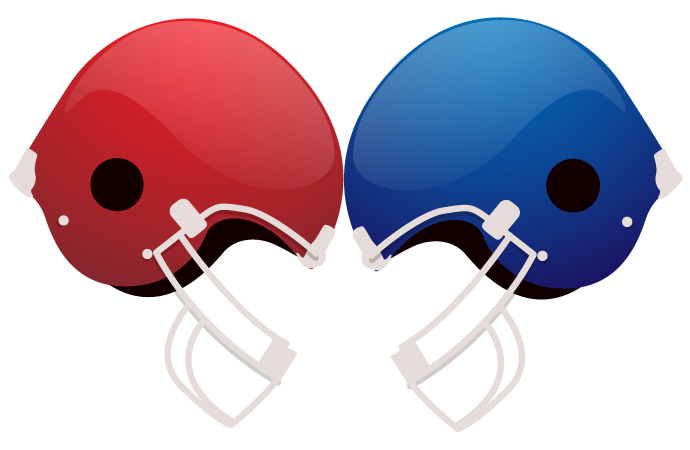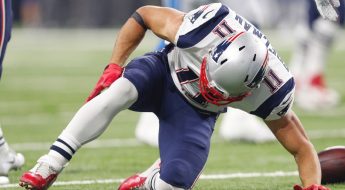Tyreek Hill injury FAQ: Recovery timetable, his NFL future and how Dolphins will adapt
MIAMI GARDENS, Fla. — Miami Dolphins wide receiver Tyreek Hill likely will miss at least the remainder of the 2025 regular season after suffering a dislocated left knee in Monday night’s 27-21 win over the New York Jets.
It’s a massive blow to a Dolphins team that picked up its first win of the season but now must claw back from a 1-3 record without a player who has been the NFL’s preeminent home run threat for the past decade.
Editor’s Picks
1 Related
“Next man up,” Miami running back De’Von Achane said of losing Hill after Monday’s game. “We’ve just got to make sure we stay ahead of the sticks. I feel like anybody on this team, when they got the ball in their hands, they can make plays. We just got to practice and just got to face the fact that we might not have him.”
This is unfamiliar territory for a Dolphins team that since 2022 has played only one game without Hill — around whom coach Mike McDaniel’s offense is built. (Miami did spend most of the offseason and training camp without Hill as he rehabbed from multiple injuries.)
So, what does his knee injury mean for Hill’s season and his time in Miami? And how will it impact the Dolphins, including quarterback Tua Tagovailoa? Dolphins reporter Marcel Louis-Jacques, ESPN senior writer and injury analyst Stephania Bell, and NFL analytics writer Seth Walder answer the biggest questions.
How long should we expect Hill to be out? What is the usual timetable for a dislocated knee?
All we can say at this point is that Hill’s 2025 season is over. The timetable for recovery is dependent on which structures are specifically involved and the extent of surgical repair.
The term “knee dislocation” simply describes the base result of the injury: The knee has been forced into a position that exceeds its normal range of motion, and the bones are no longer in their proper alignment. Dislocations can happen in different directions, and the extent of injury can vary depending on the forces through the joint at the time of injury.
With a knee dislocation, there is typically trauma to some of the main stabilizing ligaments: anterior cruciate ligament, posterior cruciate ligament, medial collateral ligament and lateral collateral ligament. Other associated tissues in the area can be injured, such as the meniscus, bone and cartilage. But there are two particular structures of critical importance: the peroneal nerve and the popliteal artery.
The peroneal nerve travels from the back of the knee toward the outer aspect of the knee before it dives deeper into the muscles of the lower leg. It is responsible for both sensation and muscular control in the lower leg. If damaged during a traumatic injury such as a knee dislocation, it can lead to loss of motor control at the foot and ankle as well as regional sensory loss in the area.
The popliteal artery is located behind the knee. Trauma to the knee can injure the artery and threaten blood flow to the lower leg. If the artery is damaged, prompt surgical repair is critical. Concern for the artery in particular is the reason athletes suffering knee dislocations are immediately transported to the hospital for further imaging and evaluation. Vascular (blood vessel) surgery, if required, is performed promptly.
Surgical reconstruction for ligaments is secondary and often is delayed. The rehab and recovery process takes multiple months or up to a year and in some cases beyond; however, each case is unique depending on the extent of injury/surgery along with the individual’s health history and rehab course. — Bell
Should we expect Hill to make a full recovery? Who are some other players to have suffered the same injury?
The expectations for recovery are predicated on the specifics of the injury and the surgery or surgeries. There have been athletes who have returned to their sport following a knee dislocation, but it is hard to compare one player’s situation to another’s given the variance between injuries.
Marcus Lattimore comes to mind as a player who suffered a memorable in-game knee dislocation that resulted in his leg being visibly repositioned. Lattimore, a running back at Best of NFL Nation



